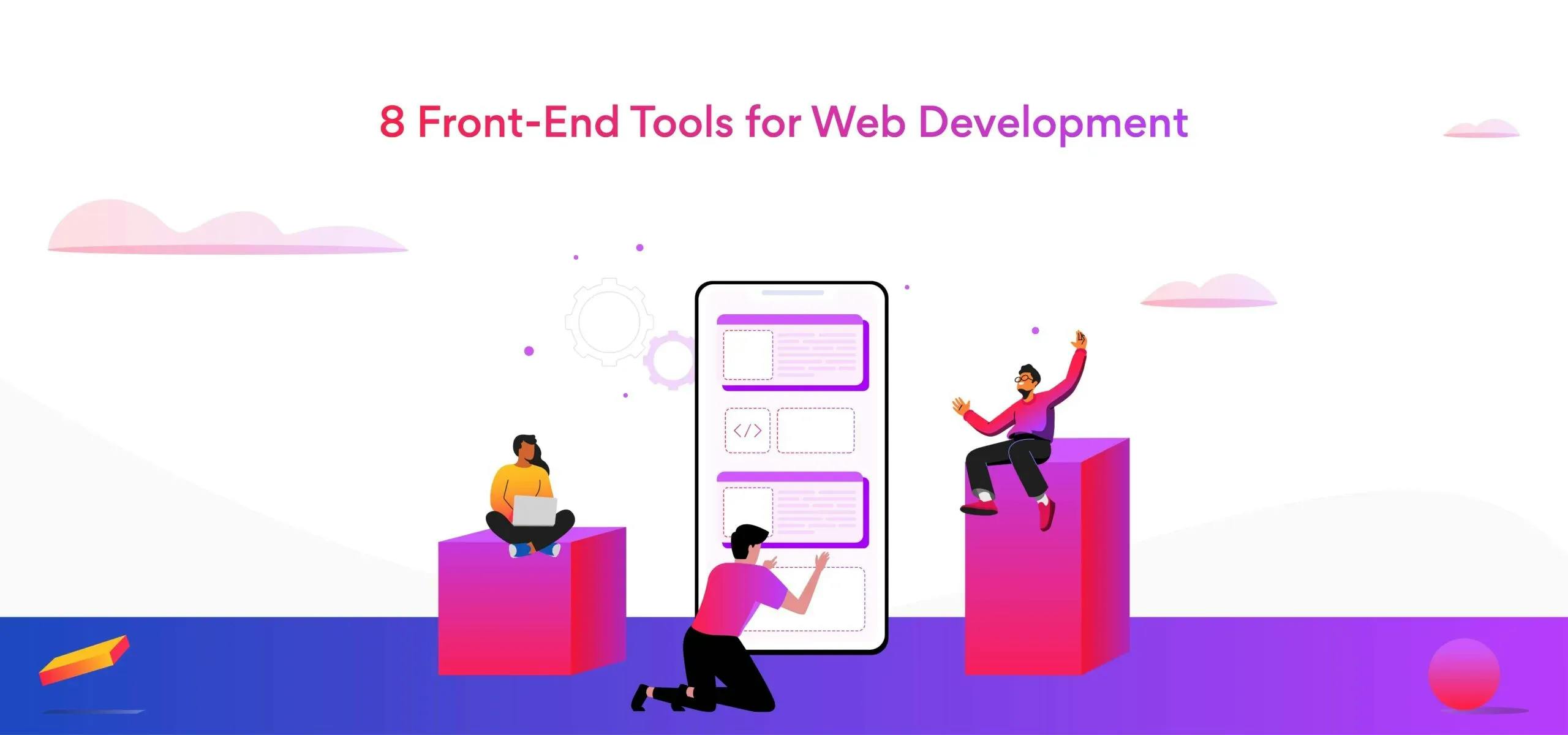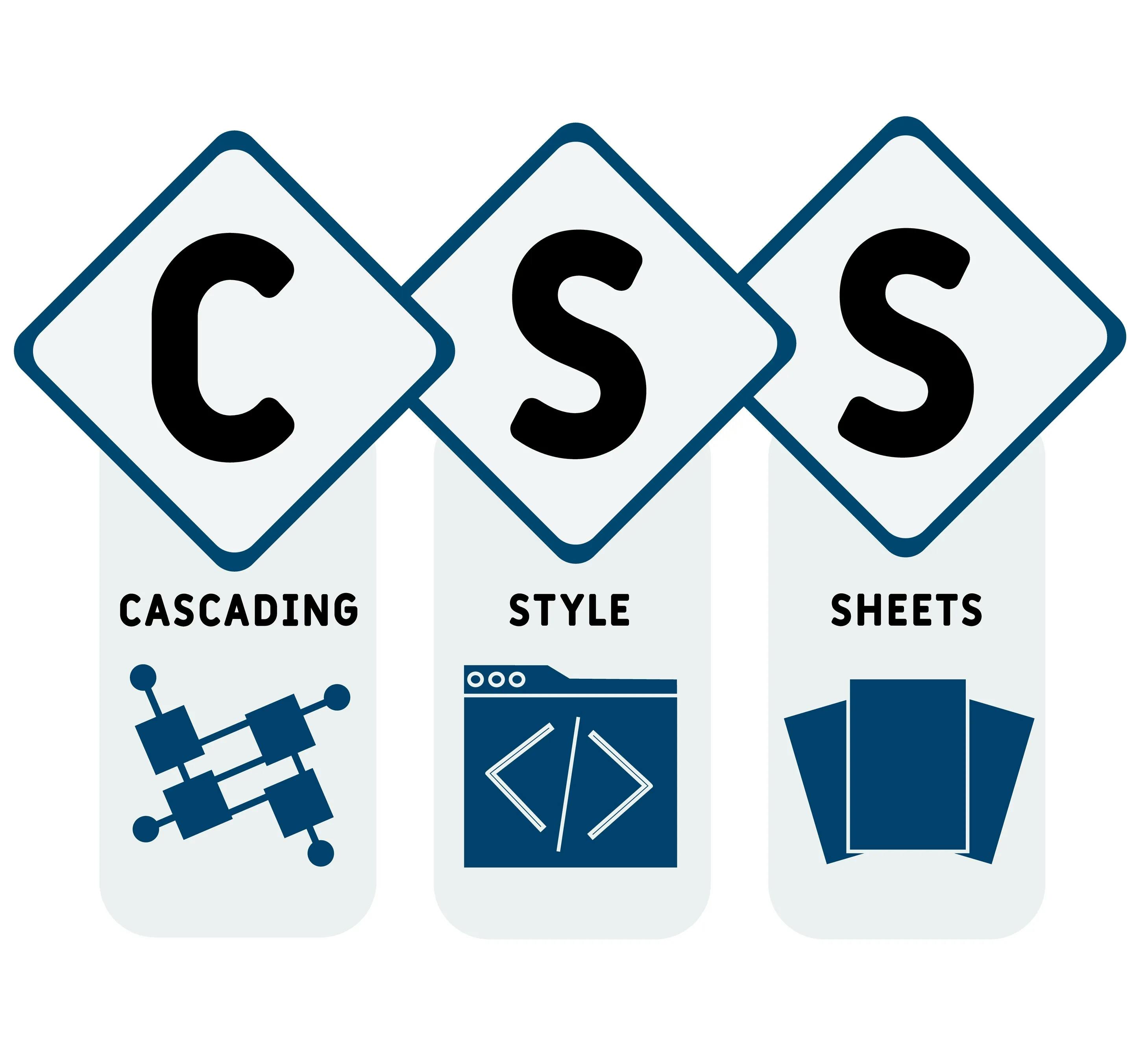Hire front-end developers remotely within 4 days
Turing helps you hire pre-vetted remote front-end developers in 4 days. Leverage the power of our AI-powered deep-vetting talent platform to scale your engineering team with the push of a button.
Get 3-week risk-free trial
4 days
to fill most roles, sometimes same day.
50+ hours
of engineering team time saved per developer on interviewing.
97%
engagement success rate.






Hire the top 1% of 3 million+ engineers who have applied to Turing
Here’s what customers have to say about Turing
See all reviewsTuring has been providing us with top software developers in Latin America. All our other vendors combined don't have the headcount that Turing does.
Program Manager of one of the world's largest crypto exchange platforms We hired about 16 ML engineers from Turing which reduced our hiring effort by 90% as compared to other vendors.
Engineering Manager of a NYSE-listed, Fortune 500 healthcare company We're super excited about Turing as we will scrap our existing lengthy interview process and lean on Turing's vetting to build up teams on demand.
Director of engineering of a US-based, multimillion-dollar finance company
Hire front-end developers through Turing in 4 easy steps
Tell us the skills you need
We'll schedule a call and understand your requirements.
We find the best talent for you
Get a list of pre-vetted candidates within days.
Schedule interviews
Meet and select the developers you like.
Begin your trial
Start building with a no-risk 3 week trial period.

How to hire a Front-end developer? Skills to look for, interview questions and more
Hiring a front-end developer is easy, but hiring the right developer with adequate front-end experience and knowledge is difficult. Companies that want to have a functional, clean, and attractive website to appeal to clients must hire the best front-end developers. There are several [reasons to hire front-end developers in 2023(https://www.turing.com/resources/10-reasons-to-hire-front-end-developers) and equally, different factors to be considered while hiring a high-experienced front-end developer. This includes experience with the latest tools and technologies, such as Test-Driven Development (TDD), version 6 of ECMAScript Programming Language (ES6), and others.
On the other hand, hiring an experienced front-end developer with all the required skills is both hard and time-consuming. To ease the effort, Turing offers the best remote front-end developers at half the price. Turing provides the best pre-vetted front-end developer after testing their expertise in many areas like HTML, CSS, JavaScript, JavaScript frameworks, front-end frameworks, CSS preprocessors, RESTful services/APIs, and more.
If you are a non-technical manager and interested in learning more about the hiring process of a front-end developer, we've put up an excellent resource for you.
What are the skills to look for in a front-end developer?
At a high level, a front-end developer’s portfolio should consist of the following skills:
1. High-level proficiency in HTML and CSS
HTML and CSS are the two most important skills that a front-end developer can’t work without. These skills help in creating the structure of web pages and adding styles. However, you don’t want to hire someone who has a basic knowledge of these two languages. Instead, you should hire an experienced front-end developer who knows these languages inside out.
2. Understanding of Test-Driven Development
“TDD” or Test-Driven Development is one of the critical skills while developing software. It has several benefits, such as no duplication of code, bug-free code, and others. You want to hire a front-end developer who has an in-depth understanding of TDD and can thoroughly test the front-end designs and codes at a confirmatory level in order to avoid any errors.
3. Familiarity with the latest frameworks
Frameworks help in constructing efficient web applications. There are several front-end frameworks, such as ReactJS, AngularJS, jQuery, EmberJS, and more. It is common for front-end developers to have familiarity with most of the frameworks. However, you don’t want to hire a front-end developer who is just familiar with the tools. Rather, you want to hire someone who knows exactly what framework to choose and what features should get prioritized in the first place.
Interested in hiring a front-end developer?
Join Turing and find top developers now!
4. Writing clean front-end code
An experienced front-end developer must have adequate knowledge of several programming languages that are thoroughly used while developing web applications. Some of the popular front-end programming languages include HTML, CSS, JavaScript, Typescript, and others.
5. Familiarity with version control systems
Web development is incomplete without the knowledge of code versioning tools. Popular versioning tools such as Git help front-end developers to control each and every step in the process of web application development. Front-end developers who have adequate knowledge of working with such platforms can work efficiently on any project. Here is a comprehensive guide to building your front-end developer resume in 2023.
6. CSS preprocessors
Checking the knowledge of CSS is a must when you hire a front-end developer, they should also have an in-depth knowledge of various CSS preprocessors like SASS, Stylus, LESS, etc. A fair knowledge of these tools allows developers to work more efficiently.
Writing job descriptions is a tough task, but it's critically important that you write one that will provide talent with a clear idea of what your business expects from them. The best job descriptions are engaging and inclusive as they allow professionals to understand and evaluate the opportunity. Check out our detailed guide on how to write the perfect front-end developer job description to secure the best talent in 2023.
Create a hiring funnel
Creating a hiring funnel will provide you with numerous benefits, like assisting you in identifying the top skills and identifying a front-end developer who will fit into your company's culture.
What Turing does for you
Candidates screening
Being a top Front-end development company Turing will help you to hire a front-end developer who will fit in your company culturally.
Test task
We verify if the candidate really wants to work at your company and is able to spend 5+ hours to prove it by rigorous tests. It helps us to see a developer's caliber.
Technical test
Developers are asked front-end related questions and made to solve tricky problems. We use open questions. The goal is not only to test developers’ knowledge – we also want to find out their way of thinking.
Giving specific feedback
We provide explicit feedback on both the test task and the technical test after we have checked the developer's expertise.
What you do
Interview
You can interview the shortlisted developers to check if the candidate matches your requirements and is a good fit for your company.
Hired/Not-hired
Hire front-end developers intelligently sourced by software, vetted by software, matched by software & managed by software.
Top interview questions to hire front-end developers.
Whether you're an IT recruiter or a project manager, you know that finding top developers is critical to the success of your project. Below are some sample interview questions to use when looking to hire a new front-end developer.
Work with top front-end developers from around the world
Try Turing today and discover great developers to fuel your ideas
Here are some more front-end developer interview questions that you can ask to assess a developer’s caliber.
- JavaScript: Explain the difference between Async/Await and Promises.
- What is PureComponent and how you can take advantage of it?
- Do you use CSS preprocessors? What are their pros and cons?
- What is Block Element Modifier (BEM) convention and why should you use it?
- Explain the difference between Flexbox and CSS Grid. When would you use any of these? What are their strengths and weaknesses?
Latest posts from Turing
Frequently Asked Questions
What is the no-risk trial period for Turing front-end developers?
The purpose of the 3-week no-risk trial period is to start working with the developers and include them in the team. If you are satisfied with the developers, you keep working with them and pay their salary including the first 3 weeks. But, if you are not satisfied during the trial period, then you won’t pay anything.
Are front-end developers in demand?
Front-end developer skills that include web design, maintenance, and web development are some of the hottest and most in-demand skills. You can hire a top front-end developer for your firm with the help of Turing.
How do I hire front-end developers?
You can hire front-end developers in a couple of clicks with Turing. It's an AI-powered deep-vetting talent platform where you will find talent from across the world who are comfortable working in your time zone. We guarantee that you will find your remote, deeply-vetted front-end developers within 4 days.
How does Turing vet remote front-end engineers?
Turing has created the first and only AI-powered deep-vetting talent platform to vet remote developers. Turing tests developers based on actual skills vs. self-reported experience from traditional resumes or job interviews. Every developer at Turing has to clear our tests for programming languages, data structures, algorithms, system designs, software specialization, frameworks, and more. Each Turing developer goes through our automated seniority assessment test comprising 57 calibrated questions in 5 areas — project impact, engineering excellence, communication, people, and direction.
For which other skills can I hire remote developers from Turing?
With Turing, you can hire the best remote developers for 100+ skills such as React, Node, Python, Angular, Swift, React Native, Android, Java, Rails, Golang, PHP, Vue, DevOps, Machine Learning, etc. Turing also offers developers based on tech stack and seniority.
What are the skills required for a front-end developer?
A front-end developer must be well-versed in coding languages like HTML, JavaScript, CSS, and jQuery. If you are planning to scale your front-end engineering team, try Turing. It makes hiring easy for companies by offering pre-vetted remote front-end developers at half the price.
Hire Turing Developers
Let’s Find the Right People to Accelerate Your Roadmap
You don’t need more resumes. You need the right talent embedded in your workflows, aligned to your KPIs, and ready to build from day one. Let’s talk about what’s missing, what’s possible, and how we can help you move faster.















